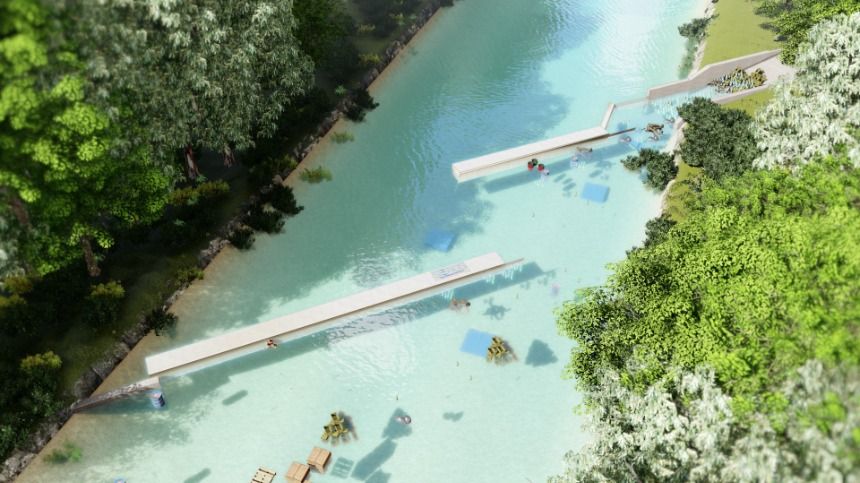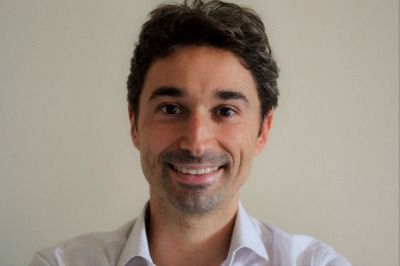SEADS Blue Barriers - protecting the oceans, creating wealth and employment
The Blue Barriers collect almost 100% plastic from rivers, don’t impact river life and are self-financing. In fact, they transform the collected waste into either energy or virgin plastic, which create ongoing revenues and repay the installation.

The Problem:
10 million tons of plastic each year reach the global oceans killing millions of fish, sea mammals and birds. 70-80% comes from rivers. This quantity is expected to quadruple by 2050. Oceans produce 50% of global oxygen and absorb 25% of global CO2. No life is possible without healthy oceans.
Summary of the Solution:
The Blue Barriers are almost 100% effective in collecting mixed plastic from rivers, don’t impact river life or boat navigation and are self-financing. They not only stop all the floating plastic but are also able to sort and transform the collected waste into energy, virgin plastic and construction materials which create ongoing revenues and repay the installation in as little as 5 years, protecting the environment and creating local job opportunities. The solution has been independently tested by the University of Florence and in the Lamone River in northern Italy and it is covered by a proprietary patent.
PROGRESS: The solution was designed two years ago as the most effective and affordable river plastic removing technology available. In 2019 SEADS tested several alternative options both in a controlled hydrodynamic laboratory environment and in actual rivers, eventually patenting the most effective design. In 2020, as global governments and organisations focused their time and resources on the pandemic rather than on environmental projects, SEADS established partnerships with companies like Etia (France), BioFabrik (Germany), ACBiode (Japan), Paterson (India), OrcaSoundProject (UK) able to transform the waste collected into oil, virgin plastic and construction materials via pyrolysis, chemical recycling and upcycling technologies. Now the technology and associated processes offer an end-to-end turnkey self-financing solution, that covers establishment costs in as little as 5 years.
BENEFITS: One of the key co-benefits of the SEADS technology is that it not only helps to dramatically reduce the overall quantity of plastic entering the ocean, therefore protecting millions of fish, sea mammals and birds, but also improves the quality of life of the local communities, often the most vulnerable and impacted by this global issue. In fact, the Blue Barriers are intentionally designed to be simple, to reduce the logistic footprint, and to generates ongoing local revenue and employment by transforming the collected waste into energy, virgin plastic and construction materials. In particular, on one side the design of the barriers is completely modular and their production requires just common manufacturing technologies like plastic roto-moulding and metalwork so the production and assembly can always be done locally in any country. On the other side, through manual and mechanical sorting, pyrolysis and chemical recycling the collected waste are transformed into valuable products. In case of pyrolysis, the output would be naphtha that can be used to produce either new virgin plastic or energy (in case of application in remote areas with a shortage of electricity, naphtha can be used directly in combustion engines or refined to produce diesel). Valuable materials such as carbon and other useful chemicals can be produced via chemical recycling. Dirty mixed plastic can be upcycled into construction materials or very versatile boards and poles through pressure re-moulding. All these ongoing revenues create wealth and job opportunities in the local communities. The Blue Barriers have recently received an independent UN SDG assessment from EnviroVenture that confirms how this solution provides significant contributions to SDGs 6 (Improved quality of communities through clean local waterways), 7 (conversion of collected waste into a source of energy), and 14 (highly efficient collection of ocean-bound plastic pollution), among many other SDGs.
Meet the solution owner
